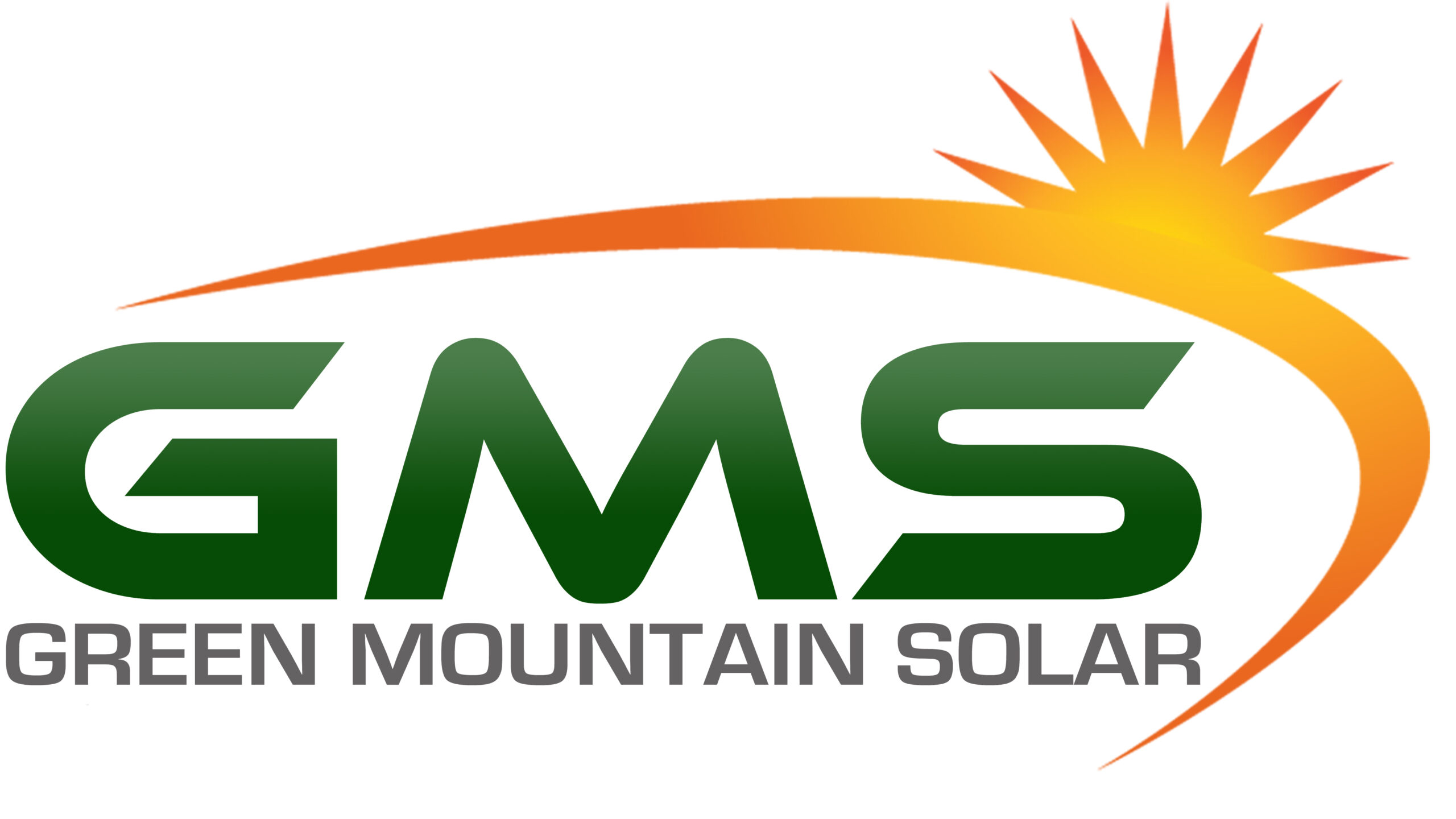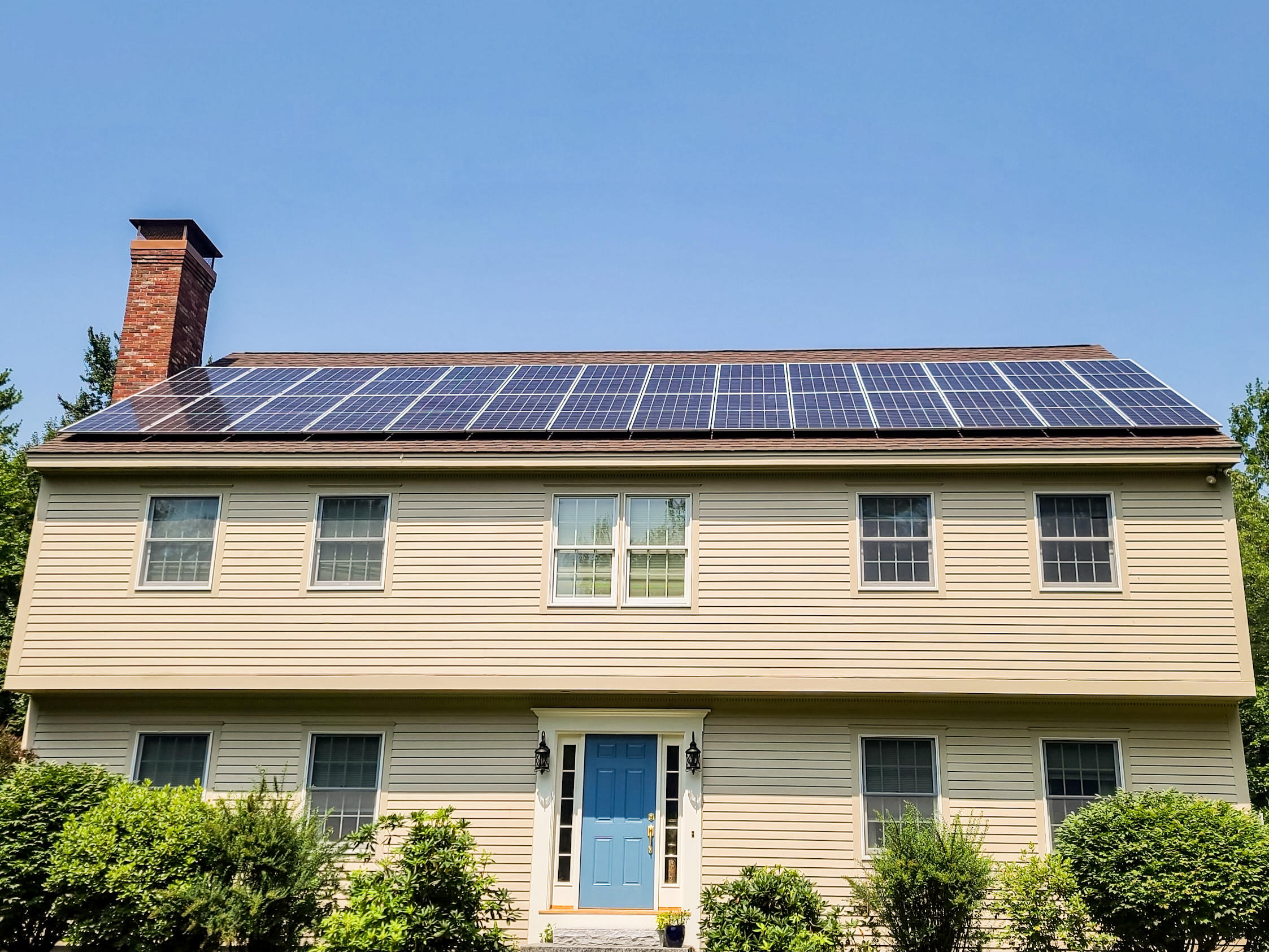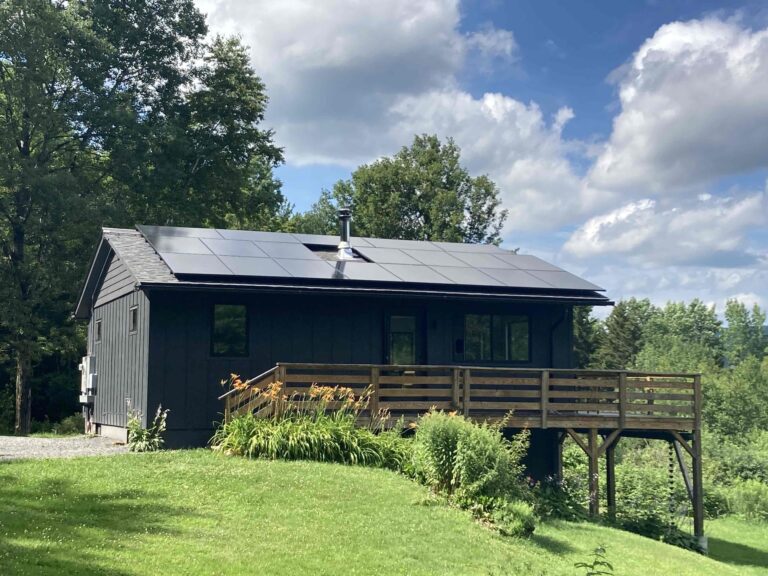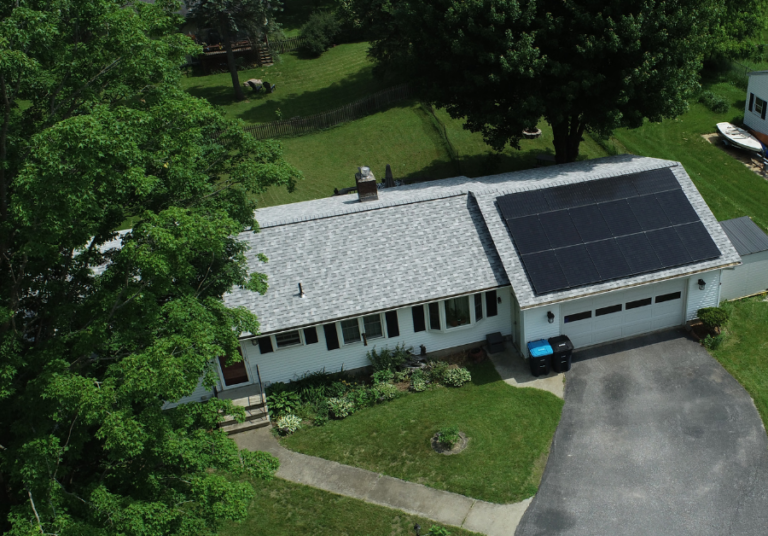The federal solar tax incentives have broadened so that Vermont tax-exempt entities can pursue renewable energy.
![Image[60]](https://8950927.fs1.hubspotusercontent-na1.net/hubfs/8950927/Image%5B60%5D.jpg) The Investment Tax Credit (ITC) has helped tax-paying individuals and businesses for many years: You can take the cost of your system as a credit against your tax liability. And the implementation of the Inflation Reduction Act increased and extended the lifespan of the ITC, which is a great financial break—for those with tax liability. But what about tax-exempt entities? How does the ITC benefit not-for-profit entities that serve their communities?
The Investment Tax Credit (ITC) has helped tax-paying individuals and businesses for many years: You can take the cost of your system as a credit against your tax liability. And the implementation of the Inflation Reduction Act increased and extended the lifespan of the ITC, which is a great financial break—for those with tax liability. But what about tax-exempt entities? How does the ITC benefit not-for-profit entities that serve their communities?
Originally, the ITC had little to no benefit for these entities. The passing of the IRA changed this; Tax-exempt entities may now be able to reap the benefits of the ITC through a direct-pay option.
Green Mountain Solar’s Marcus Shapiro explains: “Prior to the Inflation Reduction Act, tax-exempt entities such as non-profits, municipalities, and schools were not eligible for the tax credit, meaning the financial benefits and payback periods took much longer. With this tax credit now being available essentially as a rebate, this is a wonderful opportunity for tax-exempt entities that are trying to do the right thing by going solar.”
Related Reading: Solar Lease vs Buy: What to Know
What Is the Federal Investment Tax Credit (ITC)?
Let’s take a step back and review the basics of the ITC. The ITC is a tool used to incentivize individuals and businesses to invest in renewable energy. For solar, the tax credit allows a certain percentage of the overall project costs to be applied against your yearly taxes. For those with tax liability, the Inflation reduction act increased the ITC from 26% to a full 30% for the next 10 years!
How Does the Inflation Reduction Act Benefit Tax-Exempt Entities?
The IRA expanded the ITC benefits umbrella to tax-exempt entities by allowing for a direct-pay option. Entities that fall under 501c(3) or are qualified as a state or political subdivision, will now qualify for a direct-pay option of up to 30% of their installation costs.
We are waiting on the Department of Treasury to issue additional guidance on the process and timing for issuing a claim for direct pay. We are hopeful we will receive this guidance as we bring in the new year. In the meantime, it is worth asking your accountant or other tax professional about how these new incentives may apply to you.
It is important to note the project qualifications for direct payments will change at the beginning of 2024. Additional requirements regarding domestic content will be implemented, meaning that a certain percentage of materials need to be made in the US in order to receive the full value of the incentive. And that percentage increases yearly. This topic will be addressed by the Department of Treasury along with the specific guidelines regarding the direct-pay option. This means that there could be a window of reduced red tape: After the Department of Treasury has released its additional guidelines, but before 2024 when the domestic content requirements have kicked in.
In other words: Even though the direct pay option kicks off in 2023, tax-exempt organizations looking to go solar may want to start researching their options sooner rather than later.
Green Mountain Solar will continue to follow the direct-pay process as it unfolds and will be updating our cohort as more information is released.
-Written by Lilly Baron



